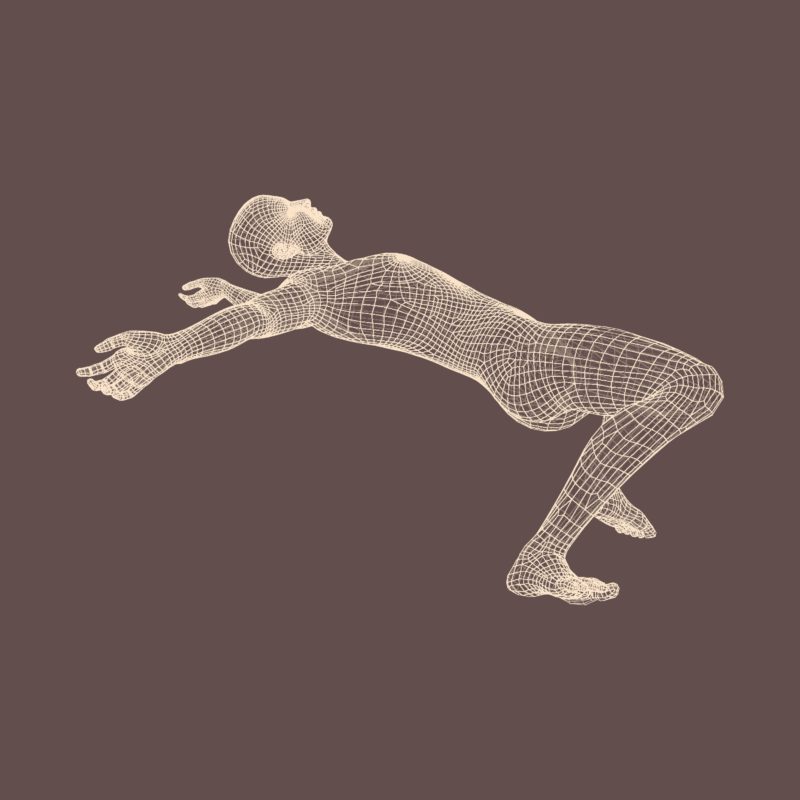
Boxer & Gerson Associate Attorney Andrew Levine enjoyed the experience of using case law precedent set by his colleague and firm co-founder Michael Gerson to settle a workers’ compensation case in January. The case involved an East Bay man who was injured in a slip-and-fall at the bakery where he was employed.
Levine secured a $115,000 settlement for his client in the case, which stands as almost a textbook example of the intricacies of workers’ compensation law.

Andrew Levine
Based on a precedent successfully argued by Gerson in 2013, Levine convinced the evaluator in his client’s case that the injuries to both the man’s hips should be added together to determine the full extent of his disability. In workers’ compensation law, a 10% disability in one body part and 10% in another body part combines not to a total of 20%, but to 19% instead. Since higher levels of disability correspond to increased compensation, the total figure is a matter of vital concern. The subtraction of a mere 1% when different body parts are added together may sound minor, but at higher levels of total disability such as 70%, that reduction can add up greatly over the course of years.
Historically, the law has tried to limit impairment levels for injuries to multiple body parts whenever possible. But in his 2013 case, Gerson succeeded in establishing that “contra-lateral” (opposite side) injured body parts could be totaled in their entirety if a doctor deems it to be the most accurate reflection of an injured worker’s medical impairment. Levine invoked that case as the basis for his client, and the doctor agreed.
Levine came to Boxer & Gerson in 2015 after gaining valuable earlier experience defending insurance companies and others against workers’ compensation claims. He earned his undergraduate degree at UCLA with a double major in history and French before earning a scholarship to the Benjamin N. Cardozo School of Law in New York City. He then returned to California to pass the State Bar exam and began practicing law in 2013.
.